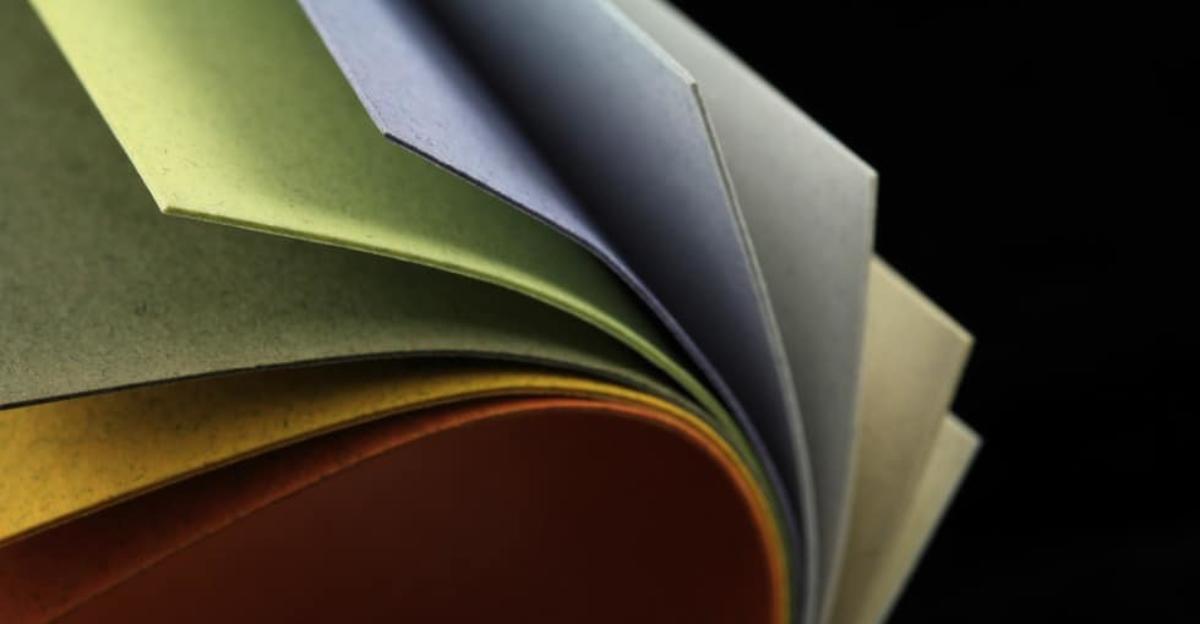You may have noticed that the paper you purchase for drawing, sketching, and painting comes in a few different surfaces. Many artists choose a paper and stick with it, without experimenting with the various textural options available. Like the foundation of a building, your paper is the foundation of your artistic piece and different textures provide different outcomes. Read on to learn about Hot and Cold Press paper and the pros and cons of using each. Then experiment with both so you can make the best choice for your next piece of art.
The Paper Production Process
First, a bit about the process of making paper: It begins with cellulose, the fibers found in wood. Cellulose is stuck together with natural glue called lignin. Next, pulp is made by making a soup containing the cellulose fibers, lignin and water. (Pulp can also be made from a variety of fibers including cotton, hemp, bamboo and flax.) The pulp is sprayed onto a screen to make a layered mat of pulp where it is smashed or pressed, together to remove the water. Finally, the pressed pulp is dried and the end result is paper. The pressing process has a huge effect on the amount of texture, or “tooth”, of the finished paper. Hot press paper is produced by using heated cylinders to press the paper during the production process. And cold press paper is made by using unheated, or cold, cylinders.
The heated cylinders produce a super-smooth surface with virtually no texture, making hot press paper a great choice for pieces with clear, precise marks and strokes, such as a pen and ink piece or paintings with lots of detail. Smooth transitions, clean color gradients and straight lines and edges are virtually seamless on hot press paper.
The cold press process results in a “toothier”, or more textured paper, with small indentations and divots in the surface. Watercolor artists often prefer cold press paper because of its texture; the pits and bumps trap the water and color, which allows for better control. Think “goosebumps” for cold press paper to help you remember the difference. Artists working in pastel also generally prefer cold press paper—its heft can easily take heavy layers of pastel.
Cold press paper is ideal for larger paintings with less detail—its texture can be prohibitive when trying to add detail to a smaller piece. It also absorbs water more quickly than hot press paper does, allowing you to blend and play with your colors. And, of course, cold press paper is perfect for replicating textured surfaces.
In a Nutshell
Hot Press Paper:
- Smooth
- Great for detailed pieces
- Clean surface for transitions, gradients, and straight lines
- Not good for layering
Cold Press Paper:
- Textured
- Great for watercolor
- Not good for detail or precision work
Which paper do you prefer, and for which medium? Do you have any tips or tricks to share about using either surface? Let us know in the comments below.






[…] Cold-press paper has a super fine edge to it, or a tooth coating, if you will. […]